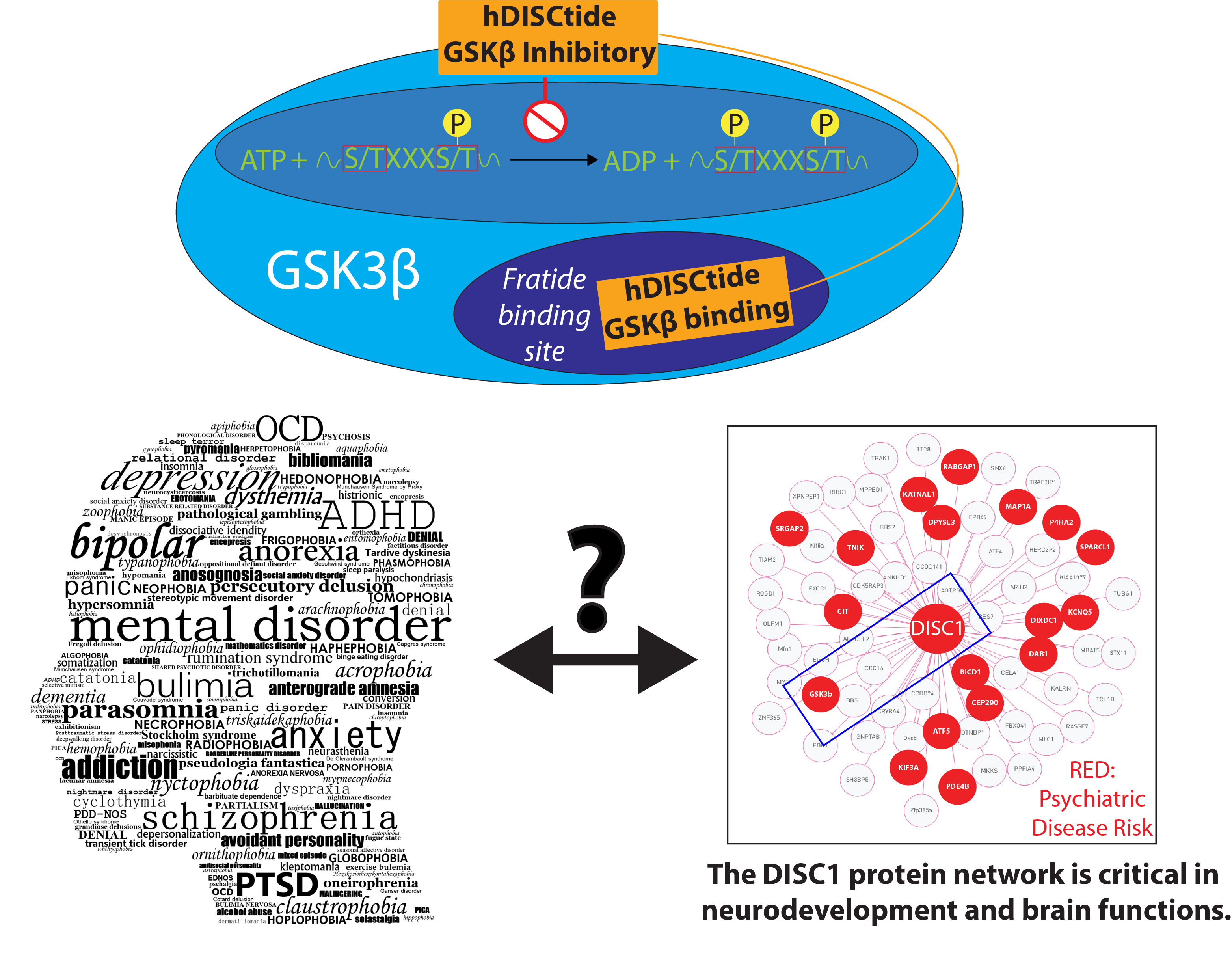Project 1: Reproductive Behaviour in Drosophila melanogaster

Summary
From a systems angle, my lab is interested in how the nervous system coordinates and facilitates reproduction. Reproductive success ensures the survival of a species. The nervous system collects information from the environment, identifies an appropriate mating partner, performs courtship rituals, which culminate to copulation. Reproductive success requires that the nervous system can perform all these steps appropriately. In addition, it must coordinate with the neuroendocrine system to ensure the fly has sufficient energy storage to meet the increased energy demand for the physiological changes due to reproductive behaviour.
In the fruit fly, the neural circuit for courtship behaviour is laid out primarily by two genes, fru and dsx. The sex-specific splicing of these genes results in the development of a neural circuit that is anatomically and functionally sexual dimorphic. Using genetic tools to visualize and perturb the fruit fly nervous system, my lab has characterized different subsets of neurons that control various aspects of copulation behaviour. More recently, we became interested in how the neuroendocrine system is connected to the courtship neural circuit. We are interested in studying how feeding behaviour is modulated as a result of changes in energy demand during reproductive behaviour.
Publications from this project
- Jois, S., Chan, Y.B., Fernandez, M.P., Leung, A.K.* (2022) Sexually dimorphic cholinergic mechanosensory neurons regulate copulation duration and persistence. (Submitted, Under Revision) (https://doi.org/10.21203/rs.3.rs-1083236/v1)
- Leung, A.K., Ramesh, N., Vogel, C., Unniappan, S.* (2019) Nucleobindins and Encoded Peptides: From Cell Signaling to Physiology. In Advances in Protein Chemistry and Structural Biology, Donev, R., Ed. Elsevier, Acaedmic Press: Vol. 116, p 91-133.
- Jois, S., Chan, Y.B., Fernandez, M.P., Leung, A.K.* (2018) Characterization of the Sexually Dimorphic fruitless Neurons that Regulate Copulation Duration. Frontiers in Physiology. 9, 780. Published on 25 June 2018 (https://doi.org/10.3389/fphys.2018.00780)
Project 2: Structural and Biochemical Studies of DISC1 Protein-Protein Network

Summary
From a molecular angle, my lab investigates how the structure of the psychiatric disease risk protein DISC1 facilitates its function in the brain. The truncated DISC1 gene is implicated in several mental disorders, and its common variants are associated with an increased risk of developing several major mental disorders. DISC1 is a nodal protein with which hundreds of proteins interact. It is the central protein component linking a large protein-protein network that regulates cellular processes important in neurodevelopment, neuronal signaling and synaptic plasticity. Many proteins connected in this DISC1 network are themselves risk factors for psychiatric diseases. Our hypothesis is that variants of DISC1 (or its binding partners) cause structural disruption of the DISC1 protein network, leading to changes in brain morphology and function that increase disease risk. DISC1 is found in many different tissues and cell types. We are specifically focusing on its function in neural progenitor cells (NPCs). DISC1 plays a critical role in regulating the proliferative rate of NPCs to establish an appropriate population of neural stem cells during neurodevelopment. In NPCs, DISC1 interacts and inhibits the protein kinase GSK3β, which causes an increase in NPC proliferation. My lab is interested in determining how DISC1 interacts with GSK3β using structural biological techniques.
Publications for this project
- Saundh, S., Patnaik, D., Gagné, S., Bishop, J., Pujari, N., Nambisan, A.K., Aimait, S., Bigsby, R., Lipsit, S., Murphy, M., Tsai, L-H., Haggarty, S.*, Leung, A.K.* (2020) Identification and Mechanistic Characterization of a Novel Peptide Inhibitor of Glycogen Synthase Kinase (GSK3) Derived from the Disrupted in Schizophrenia 1 (DISC1) Protein. ACS Chem Neurosci. 11, 4128-4138.

